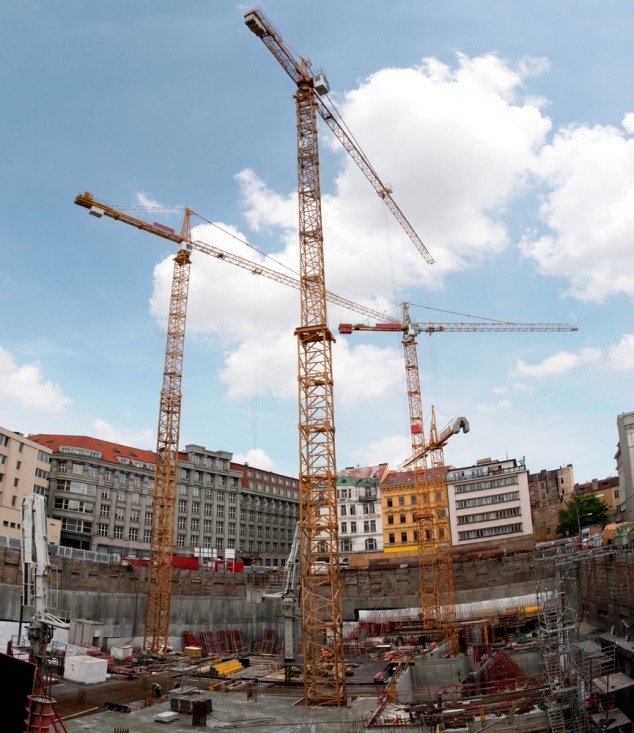Written by guest blogger, Kady Harper
“Take Me Out to the Ball Game” is a song as American as “The Star Spangled Banner.” Professional sports are part of nearly every national holiday, and championship games have become holidays of their own. Americans love sports, plain and simple ― but do they love them enough to devote their tax money to them?
Since the very beginning of professional sports, cities have been contributing public funds to the constructions of stadiums in the hopes that such facilities would benefit their communities economically and culturally. However, more and more research calls the public sponsorship of sports into question. Is it truly advantageous for cities to invest in sports facilities, or would cities do better to reroute public funds to other community-building projects?
Public vs. Privately Public
First, it is important to distinguish between the two different types of sports facilities: those open to the public and those reserved for specific groups of athletes. In municipal parks around the country, cities pay for all sorts of small courts and fields where anyone can throw the ball around. These are public facilities, created expressly by and for the public.
Research on public parks has shown that such accessible sports facilities have a profound positive impact on communities. The simple availability of outdoor space in a public park is a boon to attitude and health, but the sports facilities in particular have a number of benefits. The Harvard Prevention Research Center discovered that by providing space for organized league sports as well as opportunities for youth and non-athletes to sample different physical activities, facilities in public parks are incredibly beneficial for improving a community’s overall health.
Meanwhile, these facilities are usually inexpensive to build and maintain, and some are inherently green, with fabric sports buildings that provide shelter with more energy-efficient materials.
Compare the humble facilities in public parks to the stadiums designed for professional sports. Access to these facilities is strictly regulated, which means these courts and fields are rarely in use. Often, other athletes must pay for the privilege to perform in these facilities, and all spectators must purchase tickets for admittance and parking.
However, because in most cities public funds are contributed to building these large-scale facilities, these sports centers are also considered “public.” It is these private-public sports facilities ― and not the former category, discussed above ― that cause many people to question a city’s financial involvement.
The costs of major sports facilities continue to rise. The newest professional football stadium, New Jersey’s MetLife Stadium which hosts the NY Giants and NY Jets, is the most expensive sports facility by far, costing a total of $1.6 billion. Yet, as costs increase, it becomes even more difficult to predict the final costs of professional sports facilities, due primarily to the amalgam of hard and soft numbers quoted by the multifarious specialists involved in design and construction.
Even so, such quotes only take into account the direct costs associated with the facilities’ creation. Whether or not cities contribute public funds to stadium-building projects, all cities spend extra funds modifying the infrastructure surrounding the impending sports facilities for practical and aesthetic reasons.
For example, while St. Paul, Minnesota endeavors to build a new Major League Soccer stadium, the city is also paying an estimated $18.4 million to complete public projects such as improving sidewalks and roads, altering landscaping, adjusting the sewer system, adding parking space, and more.
Yet, despite the costs required, these infrastructure updates are usually supremely beneficial to cities. Often, features that are modernized during such significant construction projects are those that are frequently overlooked or else haphazardly maintained, which means citizens gain a higher-quality city thanks to these gargantuan sports facilities. However, cities usually hope for more than a community morale boost by investing in such expensive facilities.
Economic Benefits
Whether that money comes from taxpayers or another revenue source, cities that contribute funds to stadium-building projects hope for prosperity in return. The principles make sense: Stadiums generate revenue, as sports fans spend money traveling to the facility, buying food and drinks, gaining admittance, purchasing souvenirs, and more. Often, sports facilities are also engaged as event spaces for concerts, conventions, and other prominent gatherings, which also potentially boost the economy. Yet, experts doubt that expected prosperity ever actually appears.
Even the busiest sports facility in the country, Los Angeles’s Staples Center, has only 250 dates booked throughout the year ― and most stadiums see even less use. Even on dates with an event, stadiums must be relatively full for cities to see any non-marginal rise in income, and in some instances, like the Gila River Arena designed for the NHL’s Phoenix Coyotes, this almost never happens. Empty arenas do not generate revenue; in fact, they cost owners (and cities) substantial sums in utilities, not to mention the interest accruing on the long-term bonds often used to pay for the facilities’ construction. Most cities are saddled with debt for at least 30 years after the sports project finishes, and cities usually succumb to eliminating other public jobs and programs to avoid defaulting.
This issue is being hotly debated now more than ever across the U.S. as more team owners request cities pay millions to have the latest and greatest technology to attract fans, while promising economic prosperity for the host cities that more than likely isn’t true.
Sports runs in America’s blood, but more and more people are questioning whether sports are worth emptying America’s coffers. Still, for now, it is safe to say that at least the infrastructure around stadiums and the benefits from public facilities are certainly worth the effort.
Tags: Kady Harper, Public Sports Facilities, Sports, Sports Facilities, Stadiums








 RSS Feed
RSS Feed